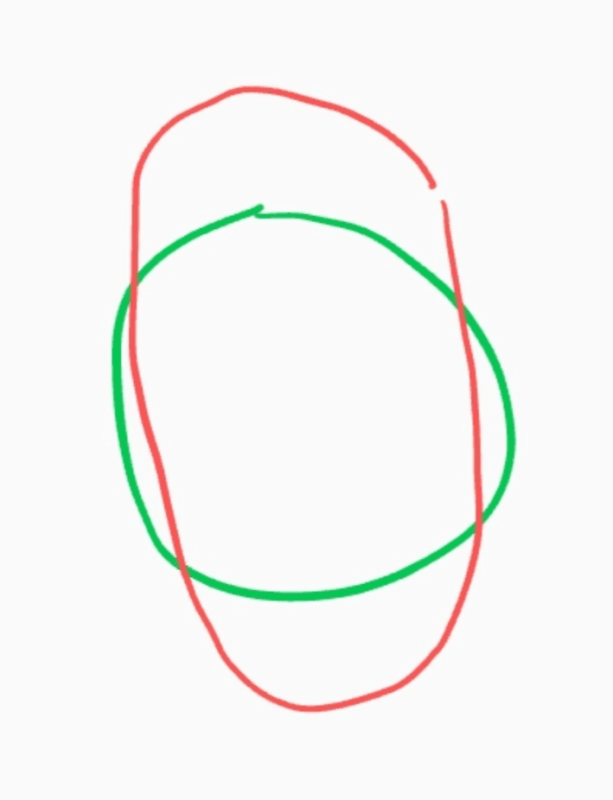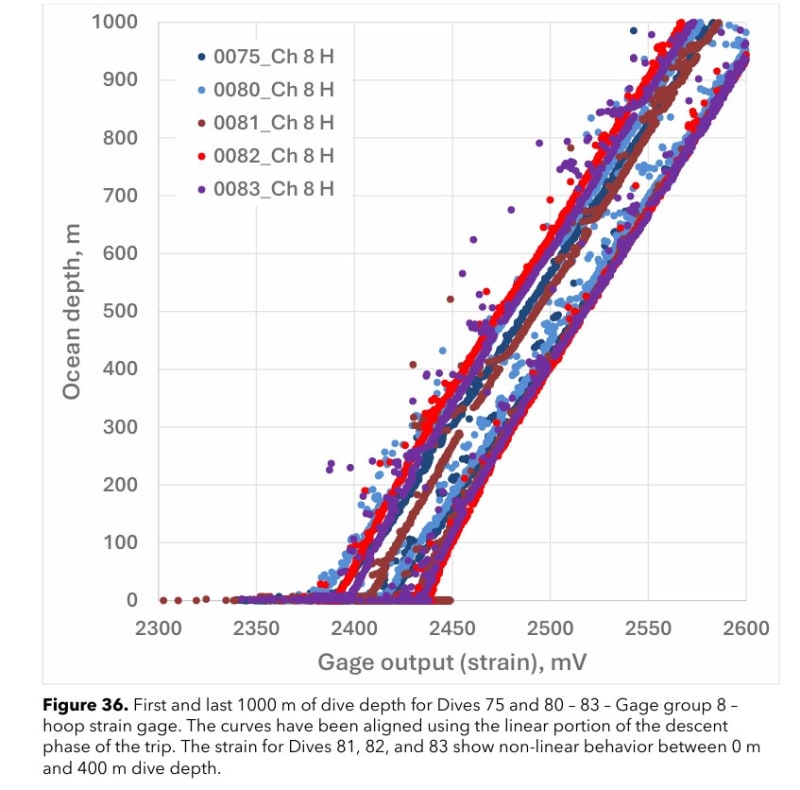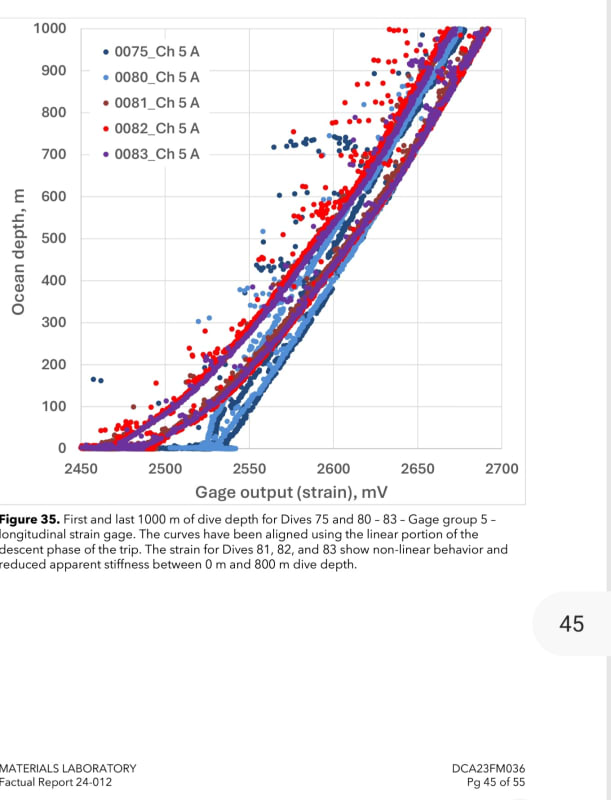The trimmed hull was then bonded to the forward and aft segments. The
segments (and domes) were forged and machined from commercially pure (CP)
Grade 3 titanium (UNS R50550). Illustrations of the aft segment are shown in figures 4
and 5. The hull-facing side of both segments contained an annular C-shaped channel
into which the hull was inserted and butt-joined using an epoxy paste adhesive
(Loctite EA 9394 AERO, also known as Hysol EA9394). The segments and domes
were originally used with the first full-scale iteration of the Titan hull. After that hull
was retired, the remnants of the hull were removed from the segments by machining.
According to a former director of engineering and a written OceanGate
process specification, the segments and hull surfaces were prepared for bonding by
degreasing with methyl ethyl ketone (MEK) and roughening with stearate-free
sandpaper. Contact angle measurements were taken between steps to ensure active
(i.e., non-contaminated) surfaces and particulates were blown away using filtered
shop air (tested by contact angle to ensure it did not introduce contamination). The
adhesive was mixed and applied to both the segment and hull bonding surfaces. The
hull was then inserted into the C-channel. The aft joint was formed by lowering the
hull down onto the segment and the forward joint was formed by lowering the
segment down onto the hull, the entire assembly oriented vertically. Spacers within
the joint controlled the bond line thickness.



